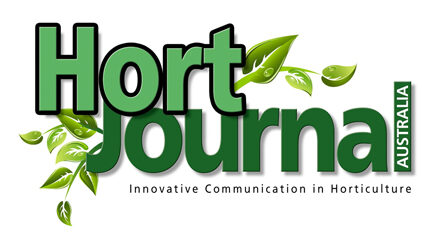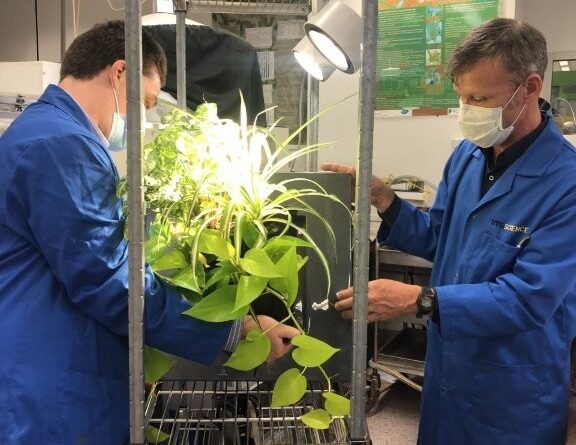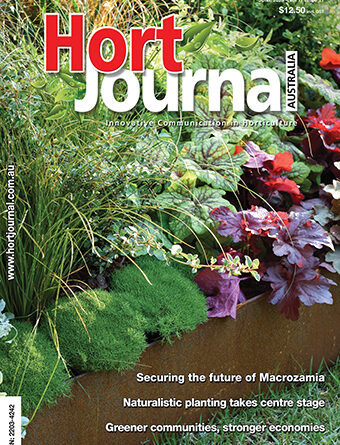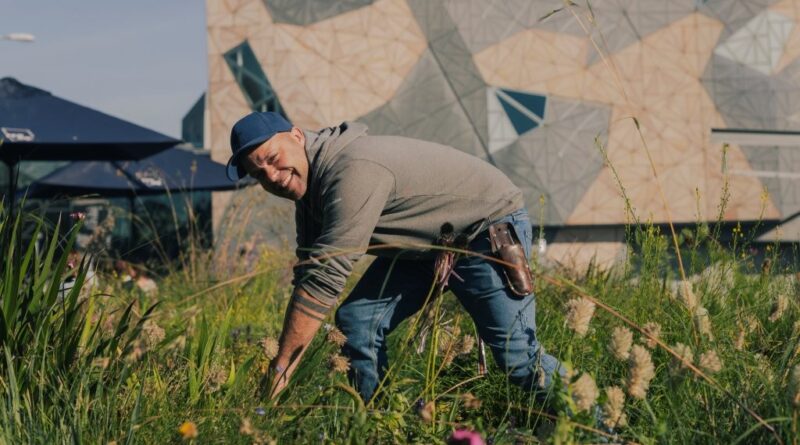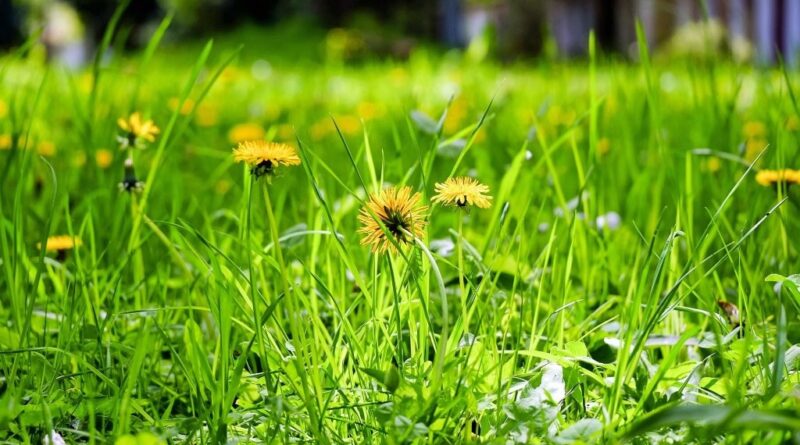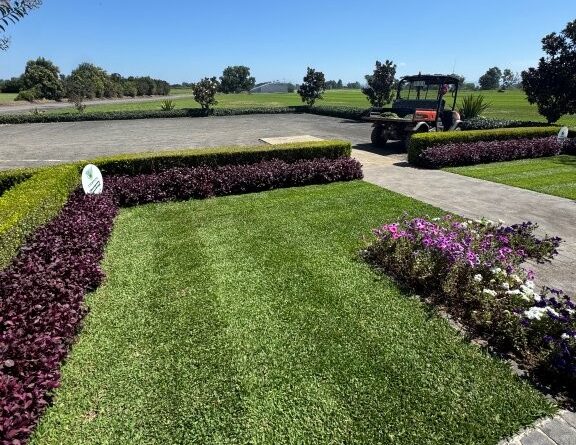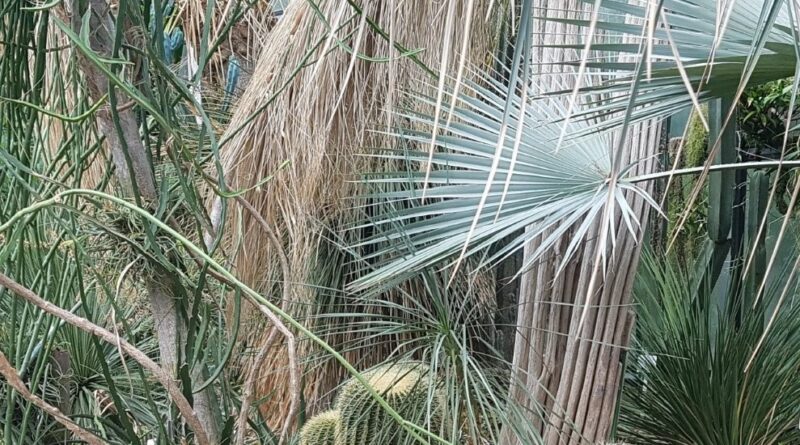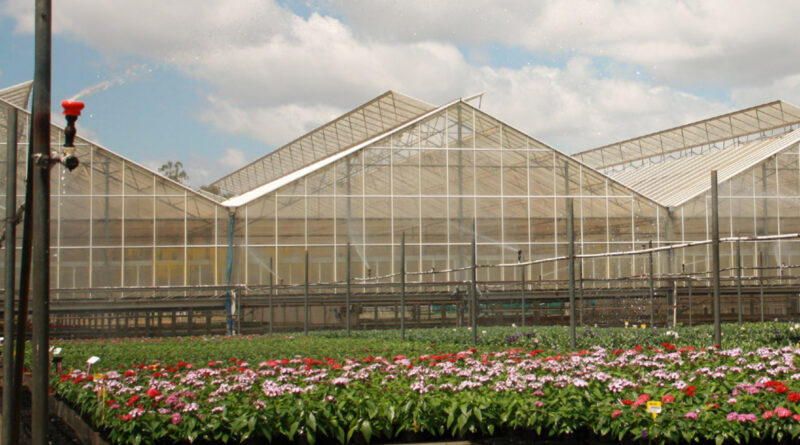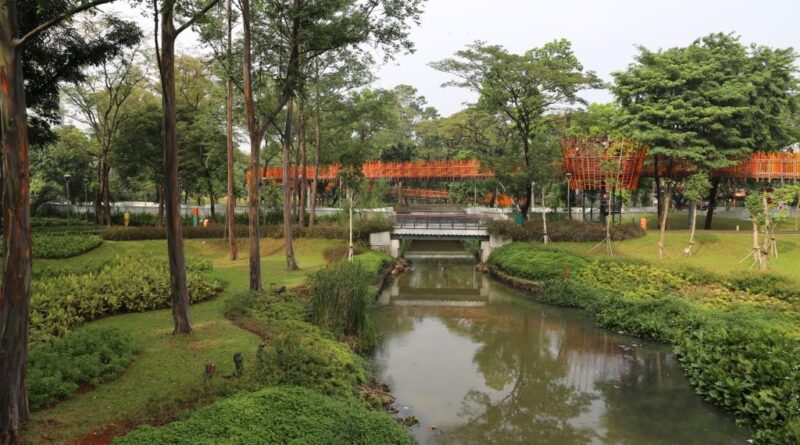Plants versus pollution
Research proves green walls offer more than good looks
By Associate Professor Fraser Torpy and Dr Peter Irga
If you love that new-car smell, brace yourself. While that smell evokes feelings of fresh and new, it’s the byproduct of materials like paint, carpet and plastics leeching potentially carcinogenic compounds such as benzene into the air. … Continue reading
Read More